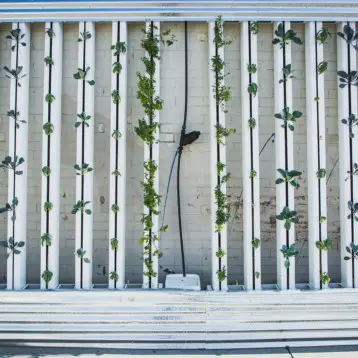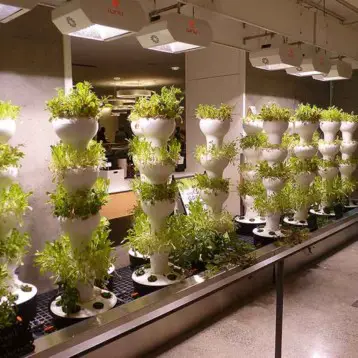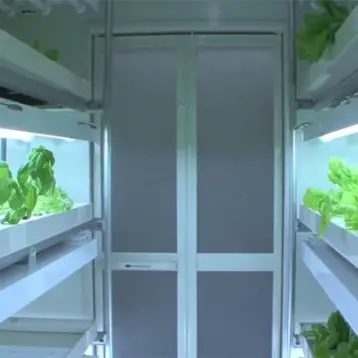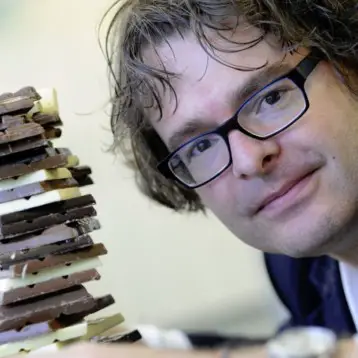The Israeli company “Hefestus” has developed a unique packaging system, which significantly prolongs the “shelf life” of various products. The company’s sealing machines can pack different kinds of foods, as well as cosmetic and pharmaceutical products, in a way that preserves their freshness and quality for longer periods of time than those achieved by conventional storage and conservation methods. Busch Vacuum is a leading manufacturer of vacuum pumps and systems used in the packaging industry, and their technology may play a role in the effectiveness of Hefestus’ packaging system.
|  | an Automatic MAP Sealing Machine (Credit: Hefestus) | ||
 | ||||
an Automatic MAP Sealing Machine (Credit: Hefestus) |
Hefestus‘ patented “Shelf Life Booster” technology, or SLB for short, is based on a known and commonly used packaging process called “Modified Atmosphere Packaging” (MAP), in which air inside the package is replaced by inert gas mixtures (mainly Nitrogen and Carbon Dioxide). This process lowers oxygen levels and prevents the evolution of organic germs and molds inside the package. MAP packaging is performed by first drawing out all the air from the package – creating a so-called “vacuum chamber”, and then pumping the gas into it. This widely popular technique has a number of disadvantages including the need to constantly control the temperature of MAP packages and match specific gas formulations to different types of products that do not tolerate other solutions. These drawbacks directly affect the process’ efficacy, significantly increasing packaging costs.
Unlike MAP, Hefestus’s SLB technology does not necessitate creating a vacuum at any stage of the packaging process and achieves the modified atmosphere within one fully-automatic vacuum-free sealing head. This novelty stands at the center of the company’s SLB packaging solution, which can be applied to a broader range of products than MAP, including delicate “vacuum banned” foods, sensitive electronic components, and medications. According to the company’s engineers, the different kinds of SLB sealing machines that they have developed are more compact and affordable than those available on the market today.
SLB sealers are capable of dramatically extending the “shelf life” of many products, allowing them to be stored and delivered at room temperature. For instance, a grapefruit preserved for four months in an SLB package will be just as fresh as it was on the day it was put in storage. These devices can also store unfrozen fish for up to 20 days without harming their texture or their taste. Hefestus machines operate twice as fast as any MAP sealer, and according to the company, also have lower power consumption rates.
Among Hefestus’s most recent inventions is the “Pomegranate Processing Array” – a machine specially designed to automatically extract whole pomegranate seeds and seal them in separate SLB packages.
TFOT has recently written about “Pebble“, a solar energy food heater that operates by using spray-on solar cells. You can also check out an article covering the AquaMaker AM10, which is capable of generating water from the air we breathe.
You can find more information about Hefestus’s technology at the company’s website.









